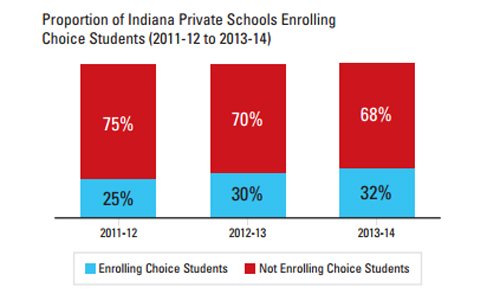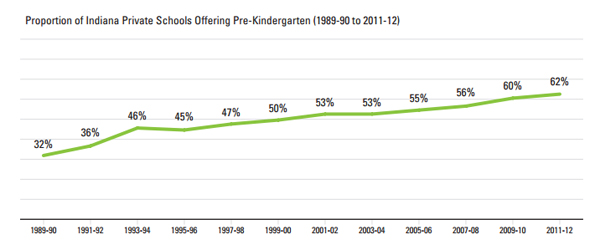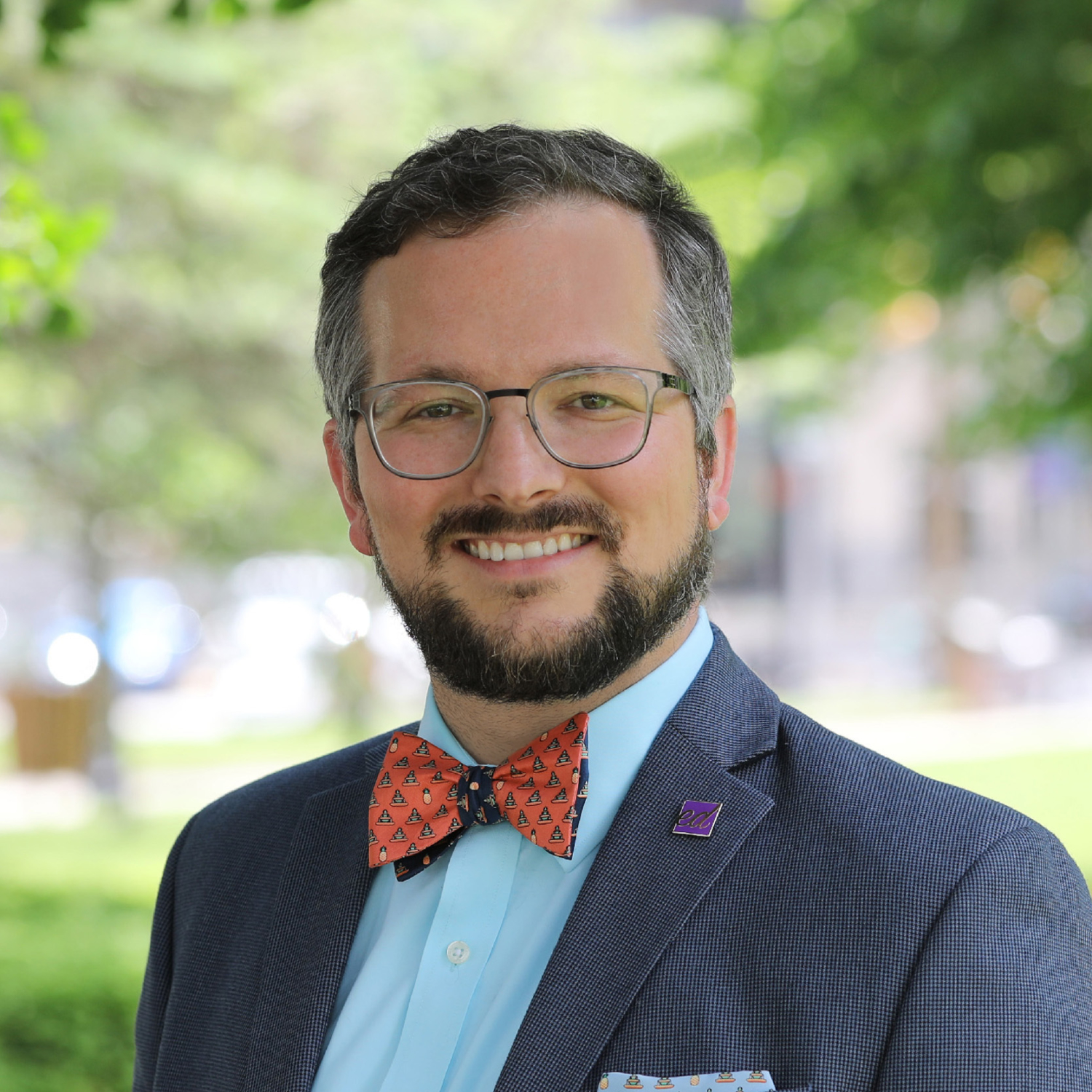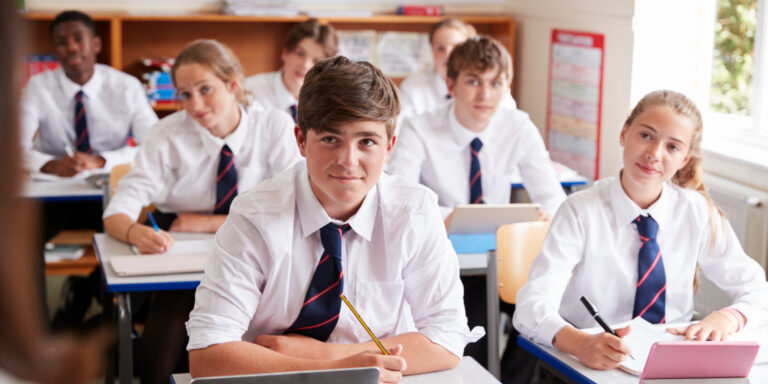Keeping Up with Indiana Private Schools of Choice
Indiana could be considered the “pace car” in the private school choice race among states. But as any racing fan will know, not all tracks are the same, which is why the Friedman Foundation launched its School Survey Series to examine states’ private education sectors, starting with Indiana.
Exploring Indiana’s Private Education Sector synthesizes information collected in two unique surveys of Indiana private schools. One was conducted by the U.S. Department of Education, the other by the Indiana Non-Public Education Association (INPEA) and the Friedman Foundation.
The following sections represent the surveys’ key findings and implications for policymakers, service providers, and other states.
Availability of School Choice
With 29,146 enrolled students, it took just four years for Indiana’s school voucher program to become the nation’s largest. By comparison, 14 years into Florida’s sizeable statewide voucher program for students with special needs, around 28,000 children are enrolled. As Exploring Indiana shows, it is likely the state’s school choice usage will not subside anytime soon.
According to the INPEA/Friedman Foundation survey, there were at least 21,304 empty seats in voucher-accepting private schools in the 2013-14 school year. Even more notable, that’s among just the 33 percent of the state’s private schools registered to participate in the voucher program in 2014-15. Approximately 652 Indiana private schools are not registered to enroll voucher students.

- Are private schools marketing their availability to area families?
- Are there families who would like to fill those seats but are unable to because of the voucher program’s limited eligibility guidelines (lower-income households only)?
- Are the voucher program’s academic-intensive regulations discouraging the majority of private schools from participating?
Comparisons to Public Schools
Opponents of school choice often claim private schools of choice do not serve students with special needs. The comparison is not always fair, given that public schools have much greater access to funds needed to serve such students. Regardless, suggestions that private schools, particularly voucher-accepting schools, do not educate children with special needs has been disproved, most notably in Florida. Data from Indiana also suggest private schools are up to this important task, even though only a small percentage of funds follow these students to their schools of choice.
- Among Indiana voucher students, 8 percent were identified as having special needs. By comparison, 15 percent of Indiana public school students have special needs.
- Among the private schools that responded to the INPEA/Friedman Foundation survey, 85 percent enrolled voucher students with special needs.
Private schools’ ability to serve myriad students is more extensive than some might realize. Indeed, as Indiana prepares to roll out its pre-kindergarten pilot program, Exploring Indiana found more private schools offer pre-kindergarten than public schools do, a number that has grown considerably over the years.

Opportunities for Growth
According to the U.S. Department of Education’s Private School Universe Survey (PSS), 91 percent of Indiana’s private schools are religious. Although this does not undercut the U.S. Supreme Court’s ruling that vouchers are constitutional—in that Indiana parents are not required to use the vouchers or to send their children to religious institutions—it does warrant a conversation on the diversity of schooling options.
School choice advocates are quick to note that some public school families want more varied educational settings. The same probably could be said among private school families.
To encourage more diversity in education offerings, Indiana—or any state for that matter—could start by equalizing school choice students’ funding to more closely mirror what they would have received in public school. Start-up education providers need adequate funds to open schools and pay teachers. Limiting children’s funds to 43 percent of their public school counterparts’ funding only limits the resources schools are able to provide. Moreover, that limitation actually favors existing schools of choice, many of which are religious, because of their financial histories, recognizable profiles, and stable donor base.
Next Steps—or Laps
As school choice continues to grow in Indiana, further analyses will be needed to better understand the private school sector—for which we know far too little. Exploring Indiana’s Private Education Sector is not the definitive checkered flag—far from it. Rather, it’s a guide to better understand those that joined this race and just how fast they’re going.




